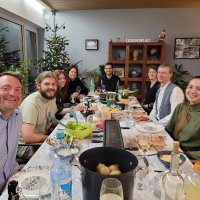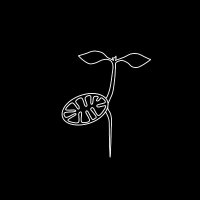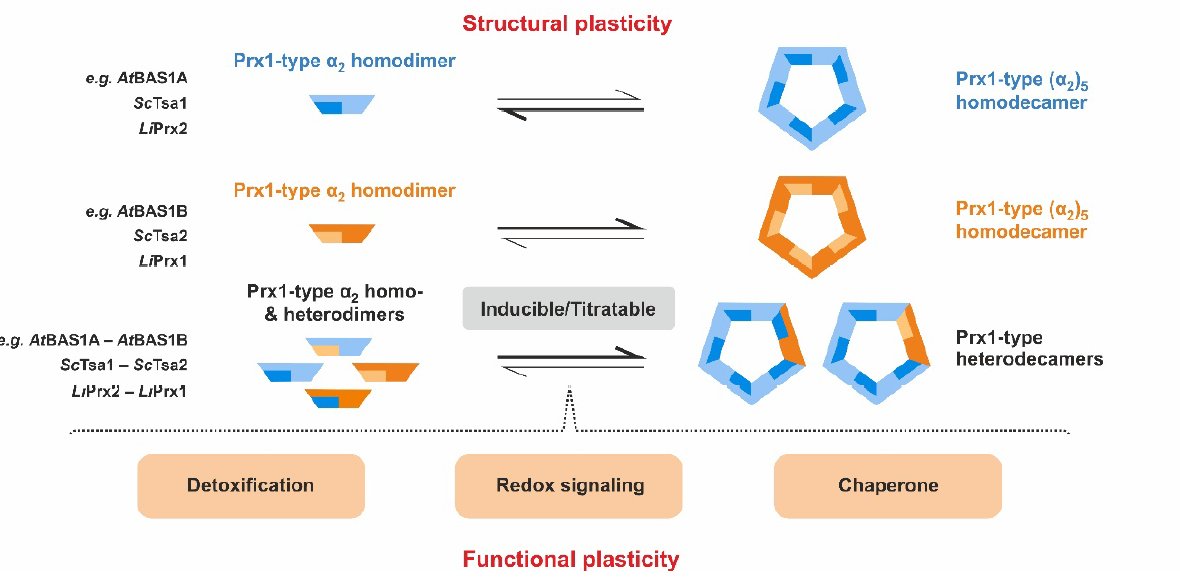
Morgan_lab
@morgan_lab_uds
We love redox biology and metabolism!
ID: 1758374066946248704
16-02-2024 06:13:48
23 Tweet
63 Followers
121 Following






8/ 🙏 A huge shoutout to our teams with Marie and Jan-Ole Niemeier as co-leads, our students and collaborators. Christopher Bell Johanna B Kroll @s_lichtenauer @jan_multhoff Messens Lab Jan Riemer





Researchers have developed biosensors that can be used to measure the ratio of NADPH to NADP⁺ in living cells in real time for the first time. Universität Saarland Plant Energy Biology Lab Morgan_lab Jan-Ole Niemeier Jan Riemer Nature Communications doi.org/10.1038/s41467… & uni-muenster.de/news/view.php?…

1/ We are excited to share our latest work, showing that heterooligomerisation drives structural plasticity of Prx1-type peroxiredoxins. biorxiv.org/content/10.110… This was another fantastic collaboration with; the Deponte Lab and Messens Lab.


2/ We also had the pleasure to work with Jan Riemer Johannes Herrmann, Ana Tomas' lab, Timo Mühlhaus' lab and Armindo Salvador on this exciting project.


4/ With Messens Lab and Julia Malo Pueyo, we used negative stain EM to visualise heterooligomers and show that heterooligomerisation strongly affects dimer-decamer equilbrium.



/6 With Jan Riemer, we could also show the presence of PRDX1-PRDX2 heterooligomers in HEK293T cells.










